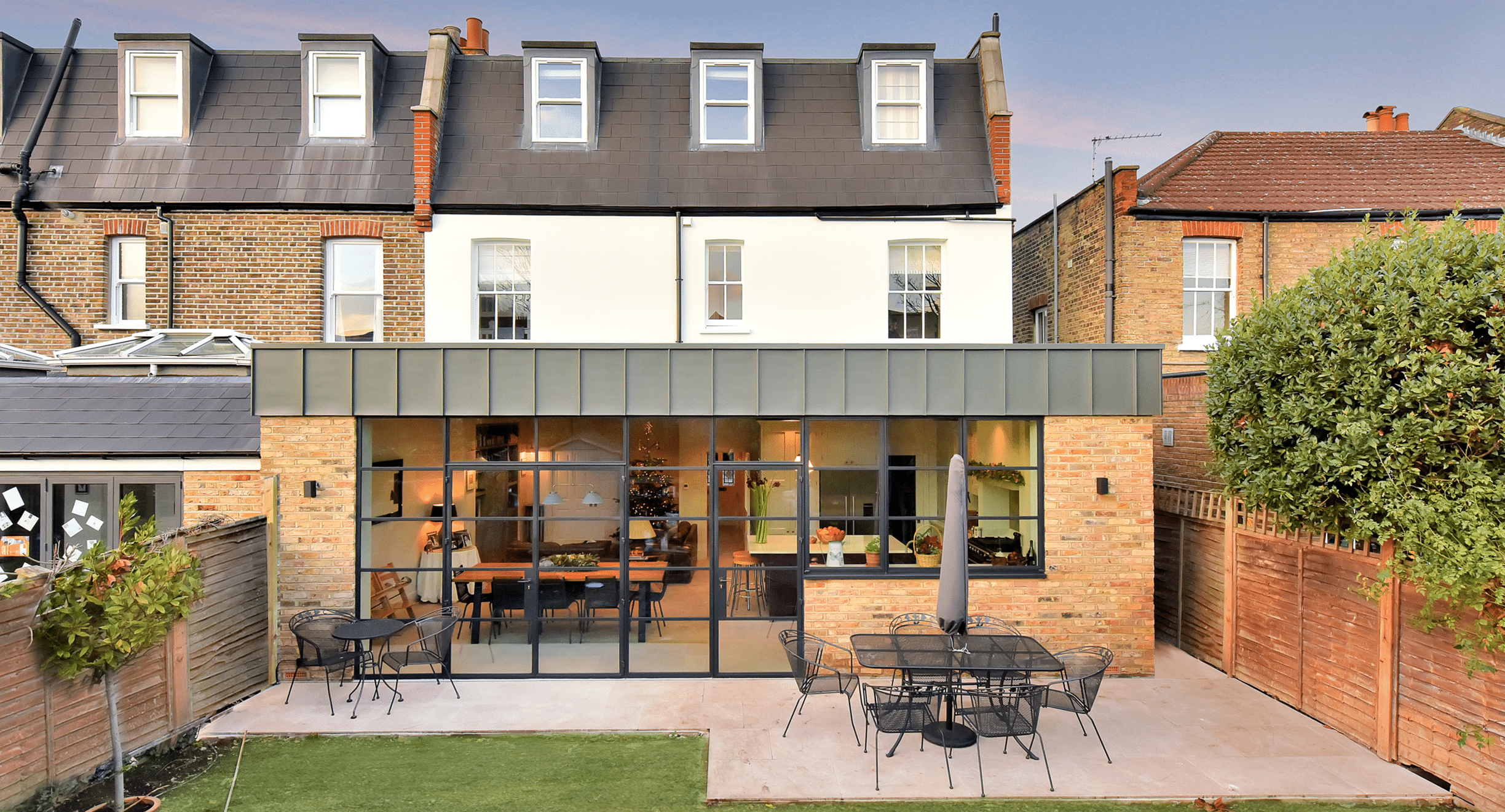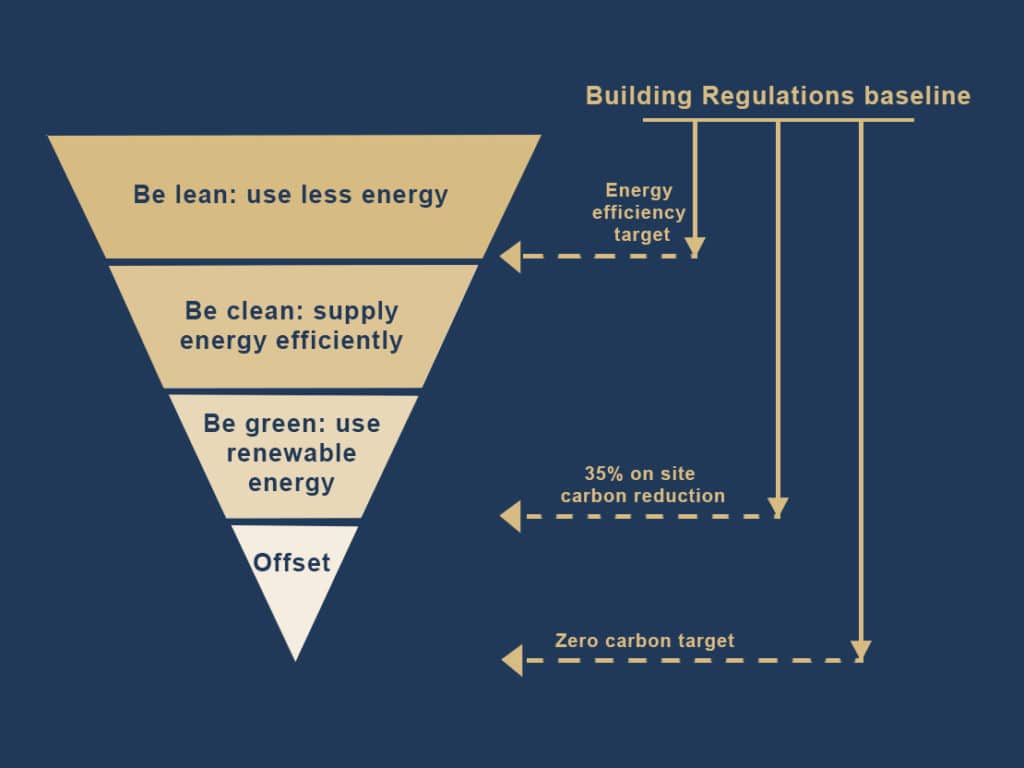

Sustainable Property Developments | Architects for Developers
Sustainable property development has never been more urgent - and more in demand.
The construction industry contributes around 40% of the UK’s total carbon footprint, including the embodied energy in the building materials and installation itself and the ongoing running costs associated with them. As developers, you constantly strive to improve that bottom line, but that doesn’t always need to involve ‘cutting costs’ and value engineering. What about improving the top line with added value instead? That’s what I believe the future generation of homeowners will expect – and will be willing to pay for!
In 2025, the “Future Homes Standard” brings changes to the Building Regulations which aim to reduce the carbon-footprint of newly built homes by 75-80% of the exisiting standards. But is this stick actually needed, when the benefits and opportunities of sustainable building choices are as great as they are today?
With the cost of household bills soaring, energy savings are highly-valued and a new build is an opportunity not to be missed.
In an ever more sustainability-conscious society, you can really set your product apart from the next by using on-site renewable energy generation, creating thermally efficient fabric, installing innovative technology and using highly efficient ventilation systems such as Mechanical Ventilation Heat Recovery (MVHR) whilst also improving in-house air quality. Granted, this comes at an extra capital cost, but government regulations in Part L of the Building Regulations already stipulate some stringent energy requirements for developers to meet. These cannot be ignored and must be planned for at an early design stage, or you may face the disaster of retrofitting energy measures or, worse, re-doing completed work. Costly and time-consuming!
Many local councils will also stipulate an improvement over the existing building regulation values as a planning condition. Merton Council, to name one, request a 19% improvement over the CO2 emissions rating for a multi-unit house conversion.

The Greater London Authority (GLA) set out the hierarchy of the key components you should think about when designing your schemes.
Energy Efficient Sustainable Development
How does AURA define sustainable development?
At AURA, sustainable development is a way of creating homes and spaces that meet all the needs of our clients, while not compromising on the environment and the needs of future generations.
Our Director discussing how developers can become more sustainable.
Be Clean:
How efficient is your energy supply? This could be as simple as installing a more efficient boiler or larger projects using Combined Heat & Power (CHP) plant community-wide energy strategy to generate energy more efficiently and reuse otherwise wasted heat. Localised clean energy projects such as Anaerobic Digestion plants turn wastewater and sewage into energy.
Be Lean
Practically this includes installing things like LED lighting, A++ rated white goods, using intelligent heating controls, and most importantly, improving the buildings’ fabric energy efficiency to reduce the heating demand.
Environmental Product Declarations (EPD) help architects measure and reduce their development’s carbon footprint and environmental cost.
Be Green
This step involves using on-site renewable energy systems that increase your energy efficiency such as PV Solar panels, Solar water heating, or Ground Source Heat Pumps (GSHP), to name just a few.
The quality and availability of building materials recycled from demolition waste now enables practical steps towards a full circular-economy in construction.
Offset
The final stage is ‘Offsetting’, and at this point, your development produces more energy than the site needs and becomes zero carbon, or even net-negative.
Interestingly, a property developer can also profit, as any excess energy produced on-site can be sold back to the grid, for example. For more significant developments and where the developer is keeping freehold ownership, this opens doors to an alternative revenue stream, and by default, an increase in site value.
Certainly, in London, most Boroughs are pushing for tighter regulations and stipulating higher than ‘standard’ levels of energy efficiency as a necessity. This may be a burden on the developer. However, with rising energy prices, consumers are now more aware of escalating bills and are willing to buy into the cheaper running costs that a highly sustainable home can provide.
A clear opportunity for property developers to differentiate themselves, winning approval from investors, home buyers, tenants, and local councils.
How does AURA achieve energy efficiency?
Simply put, AURA strives to use less energy to get the job complete while not compromising on our client’s needs and expectations. By creating energy efficient homes and spaces, AURA can help you eliminate energy waste and lower household running costs.
At AURA Architecture one of our Core Values is Sustainability.
We partner with experts in the field and promote energy efficiency and improved thermal performance in all of our work. Check out one of our recent blogs where Dr Chris Jardine from Joju Solar discussed the benefits of using Solar Energy.
We are proud to have had our Sustainability values and ethic recognised by the likes of the prestigous Build Magazine, who rewarded our efforts as declaring Aura Architecture the “Best Sustainable Residential Architects” in 2023.
If you have a property development where SUSTAINABILITY is at the heart of your offering to the market, we’d love to speak to you!


